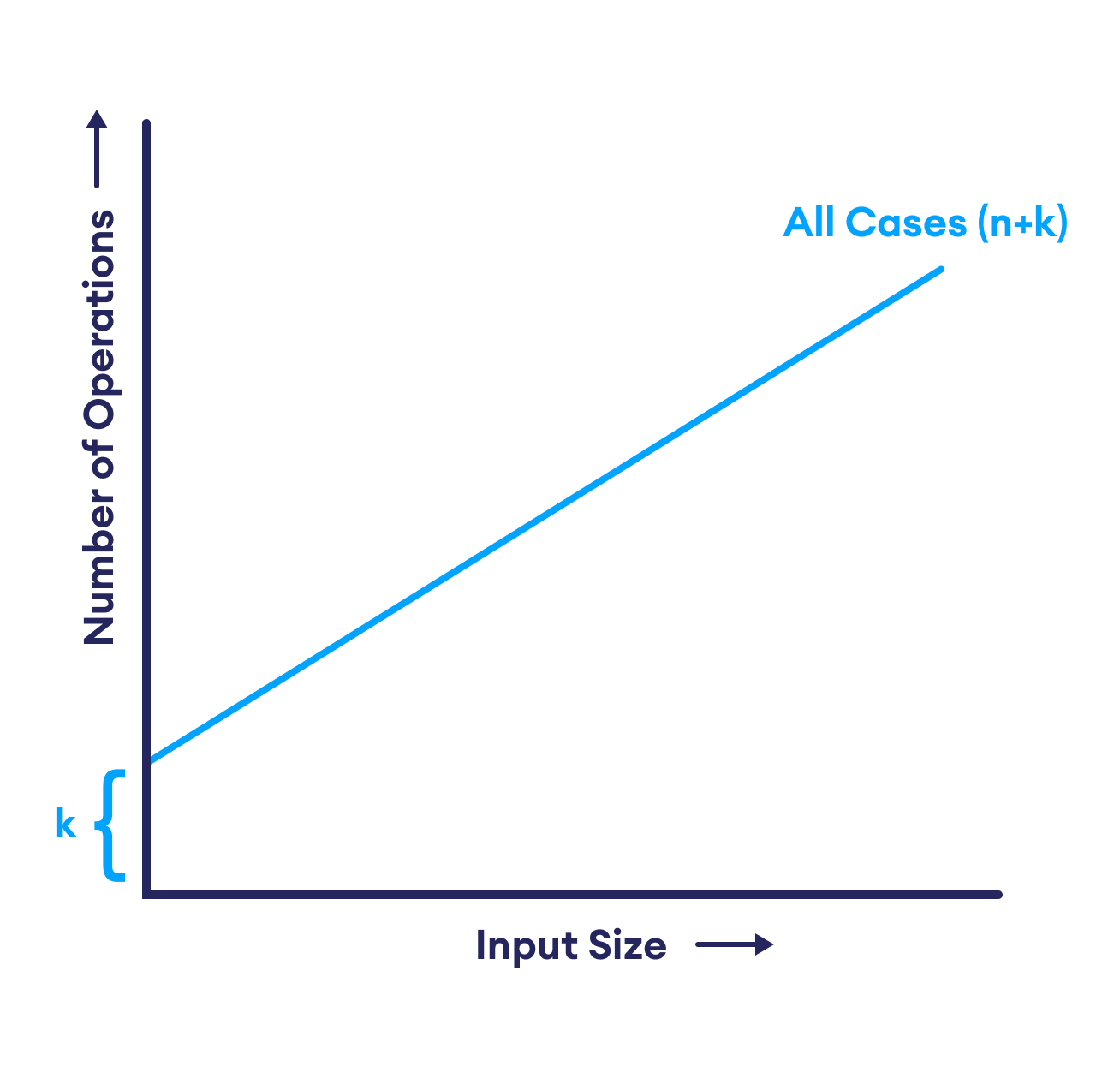Exploring Time and Space Complexities of Counting Sort
This article is a complementary resource to the DSA with Python and DSA with C++ courses.
This article is a complementary resource to the DSA with Python and DSA with C++ courses.
Counting sort is an algorithm that sorts an input array by counting the number of occurrences of each element in the array. It uses this count to place the elements in their correct sorted position in the output array.
It is particularly efficient when the range of the input values (k) is not significantly larger than the number of elements (n).
def counting_sort(arr):
# Find the maximum element in the array
max_val = max(arr)
# Initialize a count array with zeros
count = [0] * (max_val + 1)
# Count occurrences of each element in the input array
for num in arr:
count[num] += 1
# Build the output array using the count array
output = []
for i in range(len(count)):
output.extend([i] * count[i])
return output
#include <vector>
#include <algorithm>
using namespace std;
vector<int> counting_sort(const vector<int>& arr) {
// Find the maximum element in the vector
int max_val = *max_element(arr.begin(), arr.end());
vector<int> count(max_val + 1, 0);
vector<int> output;
// Count occurrences of each element
for (const auto& num : arr) {
count[num]++;
}
// Build the output array using the count array
for (int i = 0; i <= max_val; ++i) {
while (count[i]--) {
output.push_back(i);
}
}
return output;
}
Average Case Time Complexity: O(n + k)
In all cases, the algorithm still performs the same number of operations regardless of the input's distribution. Thus, the time complexity for all cases is O(n + k), where
n is the number of elements.k is the range of the input values.Consider the following array:
2, 3, 1, 4, 2, 3, 1
1. Counting the Elements
First, the algorithm initializes an array of size k+1 and then updates it with the cumulative occurrences of each element in the range (k = 4):
| Element | Count |
|---|---|
| 0 | 0 |
| 1 | 2 |
| 2 | 2 |
| 3 | 2 |
| 4 | 1 |
Here, each operation has a time complexity of O(k).
2. Building the Output
The algorithm then constructs the output array using the count array:
1, 1, 2, 2, 3, 3, 4
This operation has a time complexity of O(n).
So, regardless of the distribution of values, the total time complexity is O(n + k).

Counting sort requires two main arrays: the count array and the output array. In this algorithm:
count array is determined by the range of the input values (k).n).Thus, the space complexity is O(n + k).
| Time Complexity | O(n + k) |
| Space Complexity | O(n + k) |
Here,
n - The total number of elements to be sorted.k - The range of the input values.Counting sort is not a comparison-based sorting algorithm, making it very efficient when the range of input values (k) is not excessively larger than the number of elements (n).
It is particularly useful for sorting integers or categorical data.
When to Use:
k is not much larger than n. For example, sorting numbers between 0 and 1000.When to Avoid:
k is significantly larger than n, counting sort can consume too much memory and become inefficient.